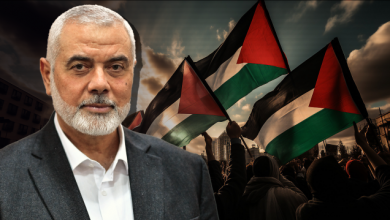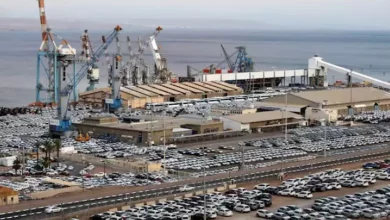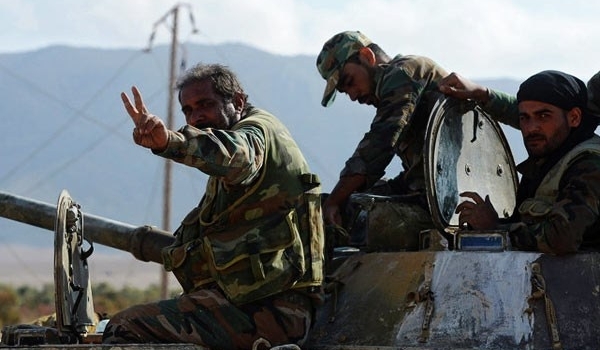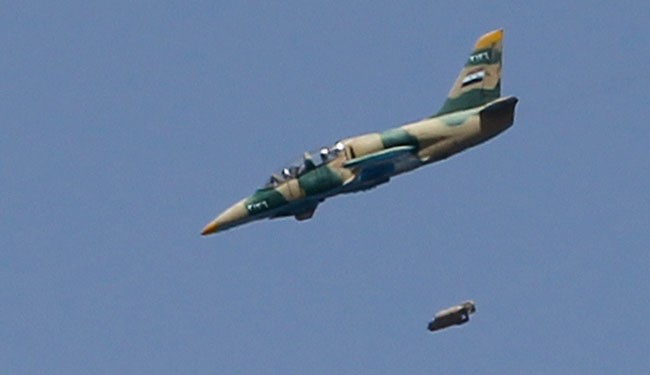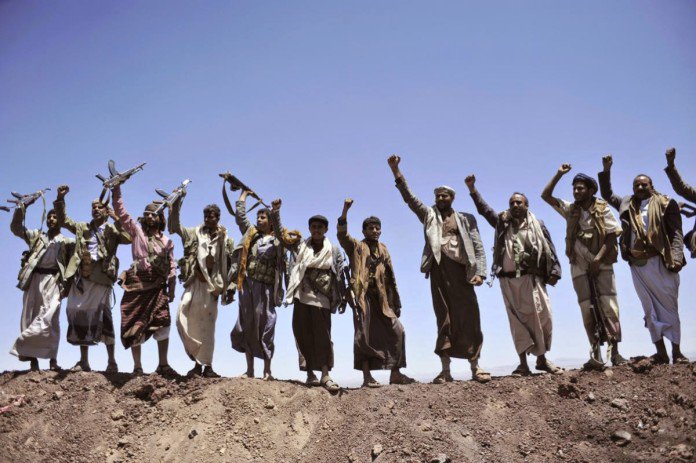Photos Show IRGC Used Zolfaqar, Qiam Missiles in Deir Ezzur Attacks
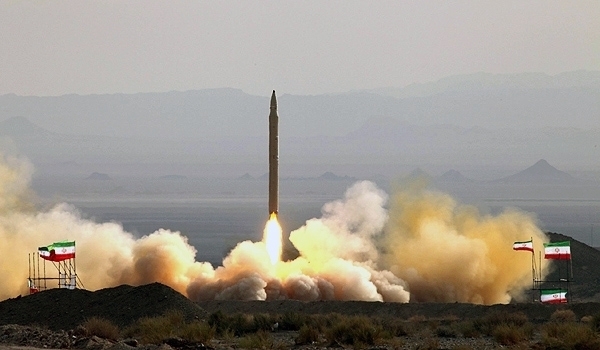

Based on the information received by FNA, during the Sunday operations codenamed ‘Laylat al-Qadr’ against the ISIL positions in Syria 6 ground-to-ground missiles were fired from the IRGC bases in Kermanshah and Kurdistan provinces in Western Iran and they hit the targets in Deir Ezzur with high precision after flying through the Iraqi airspace.
Also, footages of the missile launch showed that at least two of them were of Zolfaqar and Qiam classes of the Iran-made missiles.


Iran last September started mass-production of home-made Zolfaqar missile that carries a Multiple Re-entry Vehicle payload and can destroy targets in distances up to 700km in range with a zero margin of error.
Zolfaqar, the latest generation of Iran’s mid-range missiles, which was unveiled during the nationwide parades of Armed Forces in September 2016, is capable of carrying MRV payloads and can rain down missiles on ground targets with a high level of precision-striking power.
Qiam missile is also capable of carrying different types of ‘Blast’ and ‘MRV’ payloads, and can destroy a wide range of targets. It can be launched from mobile platforms or silos in different positions and can escape missile defense shields due to its radar-evading capability.
Qiam is also a new type of surface-to-surface and cruise missile of Iran.
A Multiple Reentry Vehicle payload for a ballistic missile deploys multiple warheads in a pattern against a single target. (As opposed to Multiple independently targetable reentry vehicle, which deploys multiple warheads against multiple targets.) The advantage of an MRV over a single warhead is that the damage produced in the center of the pattern is far greater than the damage possible from any single warhead in the MRV cluster, this makes for an efficient area attack weapon. Also, the sheer number of warheads make interception by Anti-ballistic missiles unlikely.
Improved warhead designs allow smaller warheads for a given yield, while better electronics and guidance systems allowed greater accuracy. As a result MIRV technology has proven more attractive than MRV for advanced nations. Because of the larger amount of nuclear material consumed by MRVs and MIRVs, single warhead missiles are more attractive for nations with less advanced technology. The United States deployed an MRV payload on the Polaris A-3. The Soviet Union deployed MRVs on the SS-9 Mod 4 ICBM.
The IRGC announced on Sunday night that it had launched multiple missile strikes at ISIL centers in Syria’s Deir Ezzur in retaliation for the June 7 twin terrorist attacks in Tehran, adding that the mid-range missiles were fired from bases in Western Iran.
“The Takfiri terrorists’ command center, concentration points and logistical centers used for assembling cars for suicide attacks in Deir Ezzur region in Eastern Syria came under attack by the IRGC moments ago in a move to punish the terrorists for the twin attacks on the Iranian parliament and the holy shrine of the late founder of the Islamic Republic, Imam Khomeini, on June 7,” a statement issued by the IRGC Public Relations Office said.
“A number of mid-range ground-to-ground missiles fired from the IRGC Aerospace Force bases in Kermanshah and Kurdistan provinces targeted the Takfiri terrorists in this operation and struck them with lethal and crushing blows,” the statement said.
The statement further added that according to intel and reports, “a large number of Takfiri terrorists have been killed and their equipment, systems and weapons have been destroyed” in the operation.
The IRGC cautioned that the missile strikes were just a warning to deter any further action by the terrorists. “The IRGC warns the Takfiri terrorists and their regional and trans-regional supporters that they would be engulfed by its revolutionary wrath and flames of the fire of its revenge in case they repeat any such devilish and dirty move in future.”
Three unknown assailants fired several rounds at the guards protecting the parliament building in Tehran on June 7. The assailants opened their way into the parliament’s administrative building while shooting at the guards and civilians.
A similar attack took place at the holy shrine of the late founder of the Islamic Republic, Imam Khomeini, parallel with the parliament attack.
A sum of 18 people, including a parliament guard, were killed and 52 others were wounded in the twin attacks claimed by the ISIL.
